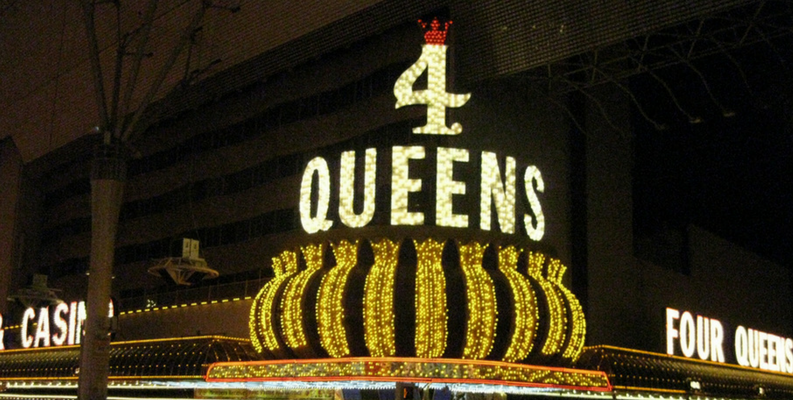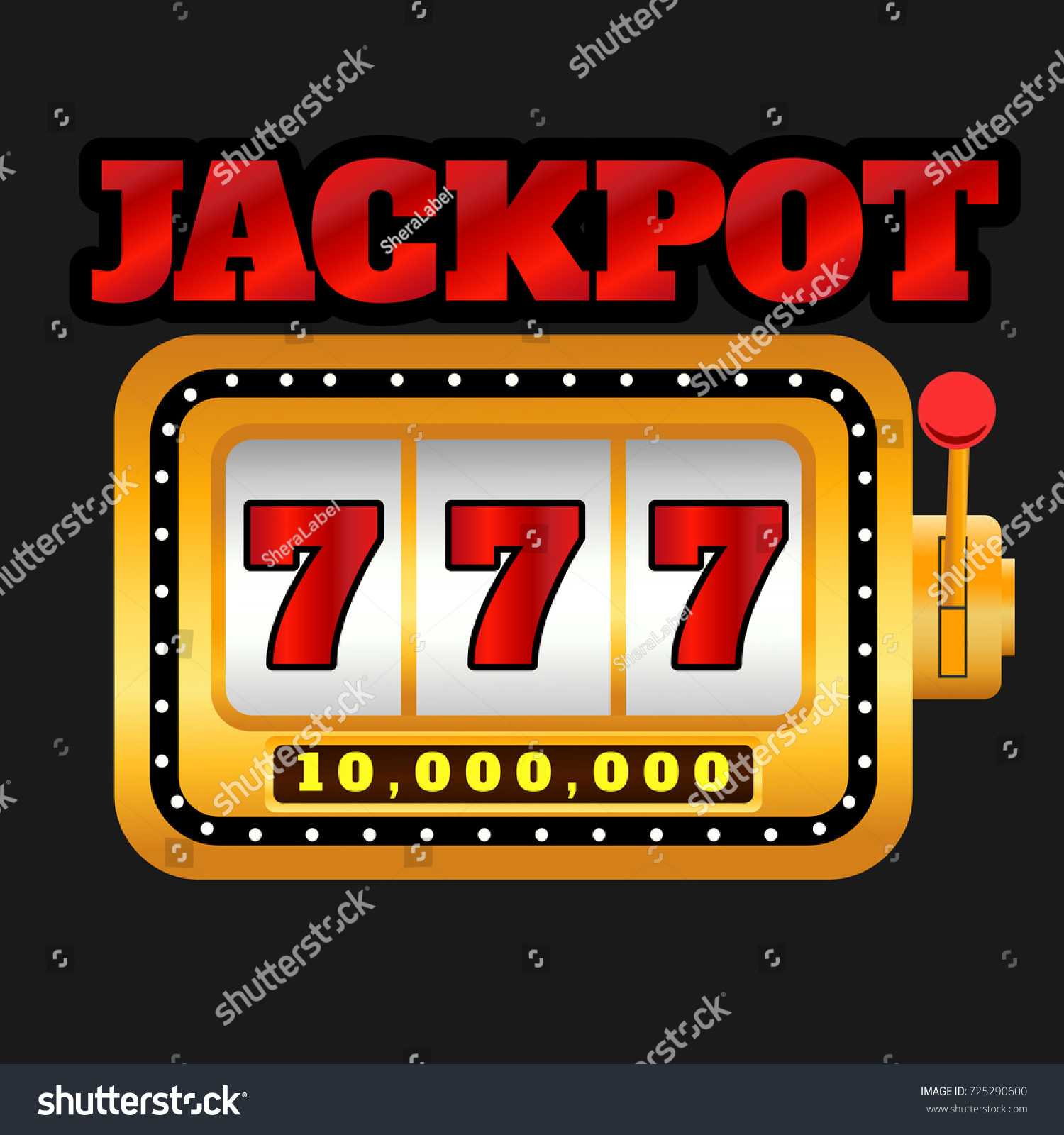Slots odds are the probabilities of getting a winning combination on the reels. They depend on the type of slot machine you play. Originally the odds were very easy to calculate as the only thing the players had to consider were the number of reels and the symbols used on each of the reels. May 20, 2017 Because of the number of people all playing for that huge jackpot amount, your odds of winning on a progressive slot machine are much lower. That lower probability of winning not only applies to the jackpot amounts, but also for the overall odds of winning smaller amounts.
Understanding slot machines is easy. They’re basically just a giant math equation. Casinos are so open about slot machines, they publish their own payback percentages in industry publications, and they often brag about the percentage that their machines pay back in a given month or year.
The most important odds to understand in slot machine gambling are a machine’s hit frequency and payback percentage. It’s impossible to ascertain the specific odds of winning on a given slot machine in today’s casinos, though. Gone are the days of 3 reels with 10 symbols per reel, when calculating the odds of hitting a given jackpot took little more than some back of the napkin multiplication. Still, hit frequency and percentage are easy to understand, and that information is easy to find.
Basic Slot Machine Odds

Now that random number generators power slot machines, the odds are more complicated. In the old days, figuring out your odds of winning on a slot machine meant dividing the total number of symbols by 1. If a slot has 3 reels and 10 symbols on each reel, the odds of one particular symbol appearing on the machine would be 9 to 1, or 9 losing symbols and 1 winning symbol. To figure out the odds of hitting 3 particular symbols (for a jackpot), multiply your chances of landing one symbol three times by itself. You have a 1/10 chance of pulling up a particular symbol. The odds of pulling up a given 3 reel combination are 1/1000. That can also be expressed as 999 to 1.
Back to the random number generator: you just can’t use simple multiplication to figure slot machine odds any more. Modern slot machines contain so many different symbols, reels, and winning combinations, that a purely mathematical approach is out of most people’s reach. Understanding a slot machine’s hit frequency and payback percentage are important because we can’t just sit there and figure out our odds by looking at the machine.

For example, with a modern slot machine, one symbol might appear one out of every twenty spins. A second symbol might appear one out of every ten spins. And a third symbol might be set to appear one out of every fifty spins. But there’s no way to determine the settings unless you have access to the slot machine’s PAR sheet, which is what sets these specifications in the random number generator program.
Slot Machine Hit Frequency
The term hit frequency applied to slot machines means an informed estimate of the ratio of losses to wins on a given machine. As the number of wins in the ratio increases, so does the slot’s hit frequency rate. Because of the variety of ways to win on modern machines, figuring out a slot’s hit frequency is somewhere between taking a mathematical average and making a guess.
One way to estimate a slot machine’s hit frequency is to play the machine 100 times and track the results. The cheapest way to do this is to find a nickel machine, pull the lever 100 times, and work out the ratio the hard way. Make a mark for every time during those 100 spins that you win, any win big or small.
What’s a good hit frequency? That depends on how much you’re looking to win and what kind of machine you’re playing, but most slot gamers consider any machine that pays out less than 10% of the time a bad machine.
To further complicate hit frequency, and to get a better overall idea of a machine’s odds, you can factor in the amount of winnings. Slot machines are often designed to pay out a lot of small winnings, so a hit frequency of 50% may seem like a loose slot machine, but if you’re only winning tiny amounts, you may want to move on down the line. On the other side of the coin, if a slot machine pays out only 9 or 10 times per 100 spins, but you win a ton of credits, you may be tempted to stay and press your luck for the big jackpots.
Slot Machine Returns
When you hear people talk about a slot machine’s return, they are referring to the percentage of money paid out by the machine compared to the amount of cash a gambler put into it. People who play slots at the tournament level keep track of these numbers and form strategies based on which machines to play at a given casino property.

To work out a return, you just need to do a little simple math. If you pumped $100 into a slot machine and at the end you’ve won $90 back, you just got a slot machine return of 90%. The casino kept $10 of your money for your troubles, but if that $100 kept you playing for an hour, you just had an hour’s entertainment for $10. That’s cheaper than going to the movies.
If you’re just a casual slot gamer, you don’t really need to keep track of slot machine returns. Casinos report their slot machine returns to local governments in most gambling jurisdictions, and those details and other figures are available to the general public. An easy way to stay on top of machine returns is to subscribe to Casino Player magazine or Strictly Slots magazine, where these numbers are published.
Slot Machine Payback Percentage
Slot Machine Odds Percentage
A final note on slot machine odds: don’t get too hung up on a slot machine’s payback percentage. Payback percentages are essentially made-up numbers, theoretical figures that make a guess about how much a particular machine will pay back to a gambler over time.
The trouble with payback percentage figures is that they’re developed from a pool of infinite spins. Think of payback percentage as slot machine returns in a vacuum. These numbers are used by game designers and casino managers and are not meant to inform gambling.
These numbers come from game manufacturers, who program a machine to return a theoretical amount to the customer. If a game designer advertises a slot’s payback at 95%, all that means is that over an infinite amount of time, the slot will pay back 95 cents for every dollar that is put in.
If you finished this article more confused than when you started, you’re in good company. Slot machines are straightforward gambling devices, little more than random numbers activated by a gambler. Still, modern technology has muddied the waters of actual slot machine probabilities, placing an emphasis on a game’s design and features rather than advertising it as a particularly player friendly machine.
How To Pick A Winning Slot Machine
Just because a game designer produces a machine that is programmed to pay back 90% of money put in doesn’t mean that you will always make $90 for every $100 gambled. At the same time, understanding slot machine odds and hit frequency can inform your choice of casinos.